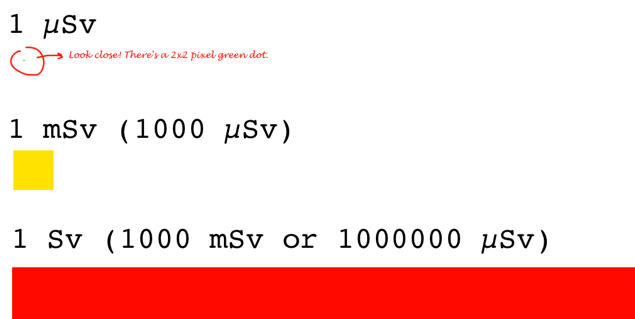A Japanese doctor, who specializes in radiation sickness, says microsievert is OK (in general). Millisievert is bad, because it is 1,000 times more than microsievert.

Japanese officials have given radiation levels in both sieverts, sometimes correcting each other during the press conferences. This is causing confusion, and adding to people’s mistrust of officials.
One official reading was in 400 millisievert, which is 400,000 microsievert. Apparently the 400 millisievert report is correct. However, some people thought they meant 400 microsievert, which would have been a much safer reading.
The way officials are scrambling to keep the reactors, and spent fuel rods, from melting down, indicates that radiation readings, from around the plant, are probably in the millisievert range. One report said that readings around the plant are 1.4 millisievert per hour (that’s 1,400 microsievert).